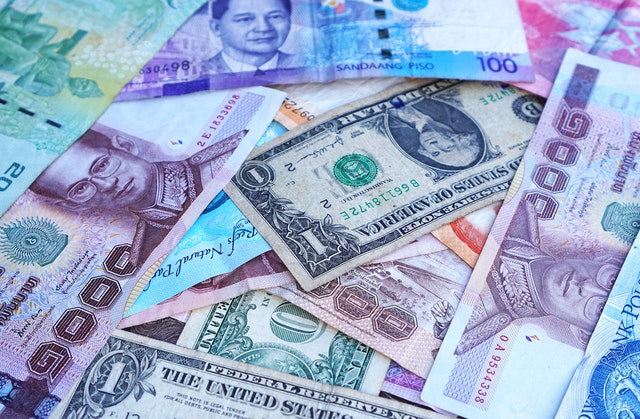One of the reasons that many savvy traders consider forex the best market to trade is the little effort required to assimilate the knowledge required for trading.
Also, the fact that most currency trading activity is limited to a handful of key currencies and currency pairs, commonly referred to as the majors, is a distinct advantage relative to other markets.
This makes trading currencies a much simpler trading process, with only eight major and minor currencies to follow. The following sections provide a list of these primary currencies and descriptions of their most active pairs traded in the forex market.
Check our previous article: How to get Forex latest market Information
The Major and Minor Currencies
The so-called major and minor currencies are listed below after their standard ISO 4217 three letter code. They are listed in order of importance as determined by their average daily trading volume seen in the forex market.
-
Majors
- USD – United States Dollar
- EUR – European Union Euro
- JPY – Japanese Yen
- GBP – Great Britain Pound Sterling
- CHF – Switzerland Franc
-
Minors
- AUD – Australian Dollar
- CAD – Canadian Dollar
- NZD – New Zealand Dollar
According to a 2017 survey by the Bank of International Settlements or BIS, the major and minor currencies listed above account for over 87% of all daily currency trading volume.
In addition, the U.S. Dollar acts as either the base currency or counter currency in over 85% of all forex trades and so clearly dominates forex trading activity.
The Primary Currency Pairs
Below find a brief description of all the currency pairs which make up the main currency pairs traded in the forex market:
- EUR/USD – The European Union’s Euro quoted in U.S. Dollar terms. The E.U. has the largest economy in the world by GDP, followed by the United States. This currency pair accounts for 27% of all forex transaction by trading volume.
- USD/JPY – The second most active currency pair, the USD/JPY currency pair accounts for 13% of daily forex trading volume. The USD/JPY pair is one of the most liquid, and the dealing spread can be as low as one pip.
- GBP/USD – Number three on the list is Cable or GBP/USD. The pair received its nickname at the end of the 1800’s from the Trans-Atlantic cable used to transmit the rate between New York and London. Cable makes up 12% of overall daily trading volume.
- USD/CHF – The U.S. Dollar against the Swiss Franc. While not the most liquid currency pair, it still accounts for over 5% of total daily forex volume.
- AUD/USD – The Australian Dollar versus the U.S. Dollar and nicknamed the Aussie. This pair reacts to commodities prices primarily because Australia is a major mining goods producer. China is one of the main markets for Australian exports.
- USD/CAD – The Canadian Dollar versus the U.S. Dollar. Nicknamed the Loonie after Canada’s national bird that appears on its one dollar coin, the Canadian Dollar also acts as a commodity currency and so reacts to movements in both crude oil and gold.
- NZD/USD – The New Zealand Dollar versus the U.S. Dollar and nicknamed the Kiwi. Not as actively traded as other commodity currencies, this particular currency pair accounts for less than 4% of forex trading volume. Nevertheless, it is a popular currency to trade among speculators.
Conclusion
Basically, a trader has a whole lot less to watch and hence less to worry about when trading in the forex market versus other capital markets. Having a limited number of currencies is clearly an asset that forex traders can use to their benefit.


